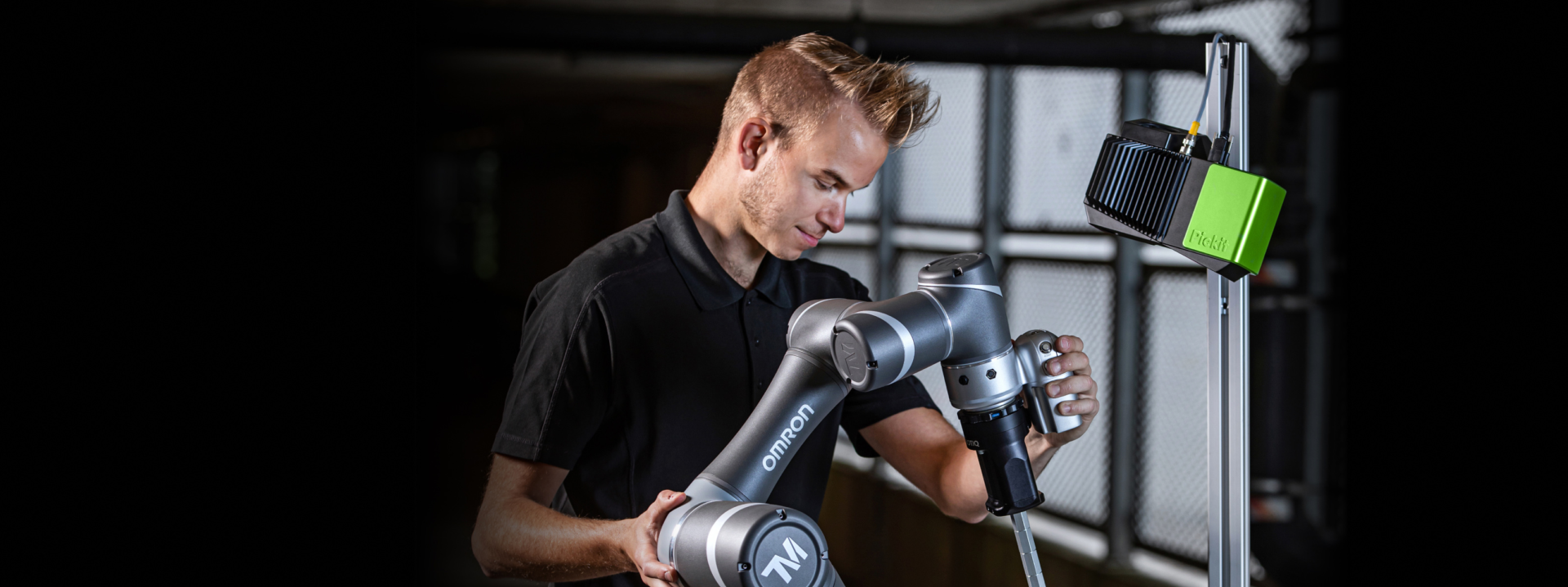5 Ways 3D robot vision is transforming automotive manufacturing
The automotive industry faces rising pressure on cost, agility, and quality.
By gives robots “eyes,” 3D robot vision is enabling smarter, more flexible automation that tackles today’s challenges, and is reshaping automotive manufacturing.
-

1. Adapt to any part, any position
With 3D vision, robots can find and handle parts in any orientation. This boosts flexibility in applications like bin picking, depalletizing, and large-part handling while reducing downtime and manual intervention.
-

2. Lower costs, faster ROI
By eliminating expensive and inflexible fixtures, reducing downtime and low-value production tasks, 3D vision lowers production costs. Manufacturers typically achieve return on investment within 1,5 to 2 years.
-

3. Accuracy to rely on
3D vision ensures accuracy, typically within 0.5 mm, supporting critical processes such as sealing, assembly, polishing, and deburring. The result is consistent product quality, fewer errors, and reduced rework.
-

4. Safer & smarter workplaces
Robots equipped with 3D vision can take over heavy, repetitive tasks such as pallet unloading or polishing.
This improves workplace safety and allows employees to focus on higher-value activities.
-

5. Fast to deploy. Easy to scale
A 3D vision solution like Pickit 3D integrates easily with over 20 robot brands.
Its intuitive interface allows deployment in days, while its open platform enables quick scaling across production lines.
The future of automotive manufacturing is here.
Contact us today to see what this means for you...and download our free Automotive Expert Guide
